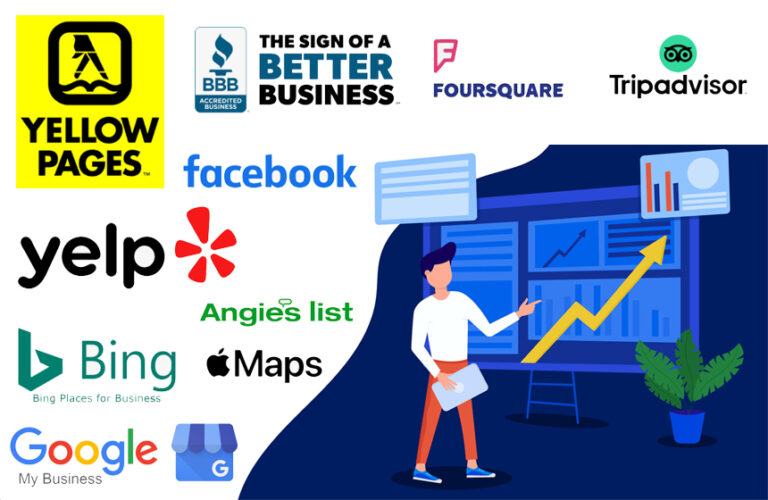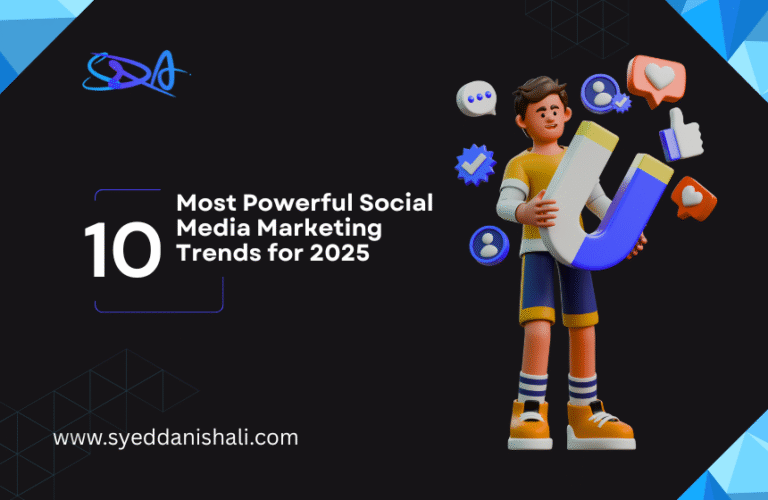In today’s competitive digital landscape, businesses must continually adapt and innovate to stay ahead. A key measure of success in this realm is the return on investment (ROI) from your digital marketing efforts. Maximizing ROI is not just about cutting costs but also about making smart investments that yield high returns. Here are ten proven strategies to help you skyrocket your digital marketing ROI and achieve unparalleled business growth.
Understanding Digital Marketing ROI
Before diving into the strategies, it’s crucial to understand what digital marketing ROI is. Simply put, ROI measures the profitability of your marketing efforts. It is calculated by dividing the net profit from your marketing campaigns by the cost of the campaigns. A high ROI indicates that your marketing strategies are effective and profitable, whereas a low ROI suggests the need for improvement.
1. Define Clear Objectives
The foundation of any successful marketing strategy is a set of clear, measurable objectives. Without defined goals, it’s impossible to gauge success or identify areas for improvement. Start by outlining what you want to achieve with your digital marketing campaigns. Whether it’s increasing website traffic, generating leads, or boosting sales, having specific objectives will guide your efforts and provide a benchmark for measuring ROI.
2. Understand Your Target Audience
Knowing your audience is paramount to crafting effective marketing campaigns. Invest time in creating detailed buyer personas, which represent your ideal customers. These personas should include demographic information, interests, pain points, and buying behaviors. By understanding your audience, you can tailor your messaging and select the most appropriate channels to reach them, thereby increasing the effectiveness of your campaigns and boosting ROI.
3. Leverage Data Analytics
Data-driven decision-making is crucial for maximizing ROI. Utilize analytics tools like Google Analytics, SEMrush, and HubSpot to track and analyze your marketing performance. These tools provide insights into which campaigns are working and which are not, allowing you to allocate resources more efficiently. Regularly review metrics such as conversion rates, click-through rates, and customer acquisition costs to identify trends and make informed adjustments to your strategies.
4. Optimize Your Website
Your website is often the first point of contact between your brand and potential customers. Ensuring it is optimized for both user experience (UX) and search engines (SEO) is critical. A well-designed, fast-loading, and mobile-friendly website will reduce bounce rates and increase conversions. Additionally, SEO techniques such as keyword optimization, high-quality content creation, and backlink building will improve your site’s visibility on search engines, driving more organic traffic and enhancing ROI.
5. Invest in Quality Content
Content is the cornerstone of digital marketing. High-quality, valuable content attracts and engages your audience, builds trust, and drives conversions. Develop a content marketing strategy that includes a mix of blog posts, videos, infographics, and social media updates. Focus on providing solutions to your audience’s problems and establishing your brand as an authority in your industry. Consistently producing and promoting top-notch content will enhance your brand’s reputation and lead to higher ROI.
6. Utilize Social Media Marketing
Social media platforms are powerful tools for reaching and engaging with your audience. Create a social media strategy that aligns with your business objectives and leverages the strengths of each platform. Use Facebook for detailed audience targeting, LinkedIn for B2B marketing, Instagram for visual storytelling, and Twitter for real-time engagement. Regularly post relevant content, interact with your followers, and use paid advertising options to expand your reach and drive more traffic to your website.
7. Implement Email Marketing Campaigns
Email marketing remains one of the most cost-effective ways to reach your audience and drive conversions. Build a robust email list and segment it based on customer behavior and preferences. Craft personalized, value-driven email campaigns that address your subscribers’ needs and pain points. Use compelling subject lines, engaging content, and clear calls to action to increase open rates and click-through rates. Additionally, track and analyze your email marketing performance to continually refine your strategy and maximize ROI.
8. Leverage Marketing Automation
Marketing automation tools can significantly enhance your efficiency and effectiveness. Platforms like HubSpot, Marketo, and Mailchimp allow you to automate repetitive tasks, such as email marketing, social media posting, and lead nurturing. Automation ensures timely and personalized communication with your audience, freeing up time to focus on strategic activities. By streamlining your processes, you can improve the customer experience, increase engagement, and ultimately boost your digital marketing ROI.
9. Invest in Paid Advertising
While organic strategies are essential, paid advertising can provide a quick and substantial boost to your marketing efforts. Platforms like Google Ads, Facebook Ads, and LinkedIn Ads offer sophisticated targeting options, allowing you to reach specific audiences with precision. Start with a clear understanding of your budget and goals, then create targeted ad campaigns that drive traffic, generate leads, and increase sales. Regularly monitor and optimize your ads to ensure they deliver the highest possible ROI.
10. Continuously Test and Optimize
Digital marketing is not a set-it-and-forget-it endeavor. Continuous testing and optimization are crucial for improving performance and maximizing ROI. Implement A/B testing for your emails, landing pages, and ads to determine which versions perform best. Experiment with different strategies, analyze the results, and make data-driven adjustments. This iterative approach ensures that you are always improving and adapting to changing market conditions, leading to sustained success and increased ROI.
The Importance of Patience and Persistence
Achieving high ROI from your digital marketing efforts is a marathon, not a sprint. It requires patience, persistence, and a willingness to adapt. Monitor your performance regularly, celebrate small victories, and learn from setbacks. By consistently applying these proven strategies and remaining committed to continuous improvement, you can skyrocket your digital marketing ROI and achieve your business goals.







